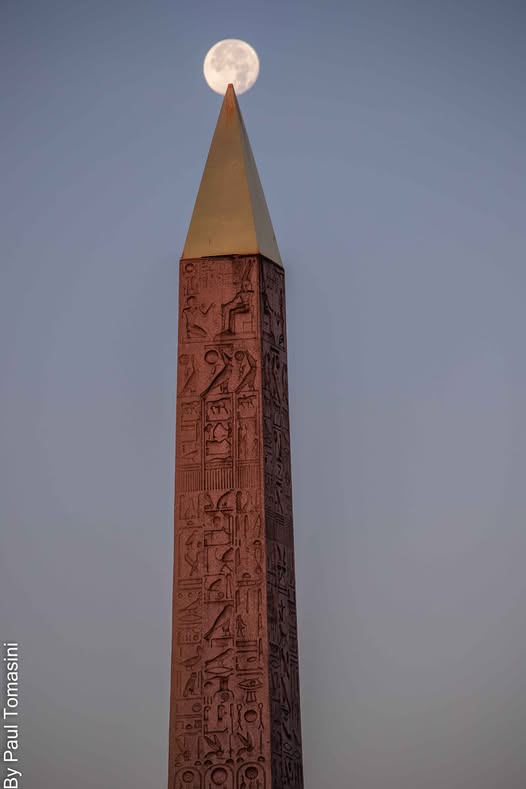The Obelisk of Place de la Concorde: A Timeless Witness to Parisian History
PARIS EN POCHE - EN
Archives
The Obelisk of Place de la Concorde: A Timeless Witness to Parisian History
SIGN UP FOR OUR NEWSLETTER
The Obelisk of Place de la Concorde: A Timeless Witness to Parisian History |
From Ancient Egypt to Modern Paris, the Obelisk Stands as a Symbol of Cultural Exchange and Historical Significance |

Pierre de Figueiredo
Aug 27, 2025
At the heart of Paris's Place de la Concorde stands the majestic Luxor Obelisk, a monument that bridges millennia of history and culture.
This 23-meter-high granite pillar, adorned with intricate hieroglyphs, has been a silent witness to both ancient rituals and modern celebrations.
Originally commissioned by Pharaoh Ramesses II in the 13th century BCE, the obelisk once flanked the entrance of the Luxor Temple in Egypt.
Carved from a single block of red granite, it was designed to honor the god Amun-Ra and to commemorate the pharaoh's reign.
In the 19th century, the obelisk embarked on a new journey.
In 1831, Egypt's viceroy, Muhammad Ali Pasha, gifted the monument to France as a diplomatic gesture.
Transporting the 200-ton artifact was a monumental feat, involving a specially constructed barge to navigate the Nile and the Mediterranean.
Upon its arrival in Paris, the obelisk was erected in the Place de la Concorde in 1836, where it has stood ever since.
Over the years, the obelisk has been at the center of numerous significant events.
In 2024, the Place de la Concorde served as a venue for several events during the Summer Olympics, including BMX freestyle, skateboarding, and 3x3 basketball.
Following the games, the square underwent a transformation, with a partial pedestrianization plan announced to enhance its accessibility and aesthetic appeal.
In 2025, French Egyptologist Jean-Guillaume Olette-Pelletier made a groundbreaking discovery.
By closely examining the obelisk's inscriptions, he identified previously unnoticed hieroglyphic cryptographies.
These hidden messages provide deeper insights into the reign of Ramesses II and the monument's original significance.
Today, the Luxor Obelisk continues to captivate both Parisians and visitors alike.
It stands not only as a testament to ancient Egyptian craftsmanship but also as a symbol of the enduring connections between civilizations.
Whether serving as the backdrop for national celebrations or as a focal point for historical reflection, the obelisk remains an integral part of Paris's rich tapestry. |
